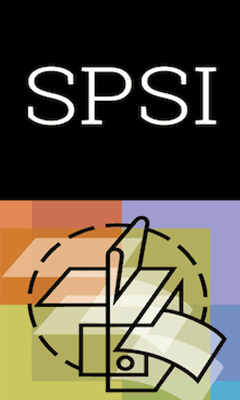This conversation between Rick and Jay Busselle from Equipment Zone at Impressions Expo Fort Worth provides a comprehensive overview of DTG (Direct-to-Garment) and DTF (Direct-to-Film) printing technologies.
Here’s a summary of the key points:
DTG Printing:
- Applications: Best suited for high-quality printing on cotton or high cotton content garments.
- Benefits:
- Excellent for short runs and on-demand printing.
- Allows for detailed designs and photo printing.
- Creates a soft, comfortable hand similar to screen printing.
- Drawbacks:
- Limited to printing on specific fabric types (mostly cotton).
- Requires pre-treatment of garments for optimal results.
- Slower printing speed compared to DTF for larger quantities.
DTF Printing:
- Applications: Ideal for printing on a wider range of fabrics, including polyester, nylon and blends, as well as non-traditional materials like hats, bags, and notebooks.
- Benefits:
- Faster printing speed, making it suitable for larger volumes.
- More versatile in terms of compatible materials.
- Does not require pre-treatment
- Drawbacks:
- May not achieve the same level of detail or vibrancy as DTG on cotton garments.
- Requires an additional heat press step to transfer the design onto the final product.
- Large DTF images may have a texture that some customers might not prefer.
Overall:
- Both DTG and DTF printing have their own strengths and weaknesses.
- The best choice for you depends on your specific needs and priorities.
- Consider factors like the type of fabric you want to print on, the desired print quality, production volume, and budget.
Additional points:
- DTF printers are becoming increasingly popular and offer faster speeds and lower costs for larger quantities.
- The quality of DTF printing is constantly improving, making it a viable option for a wider range of applications.
- Both DTG and DTF offer the potential for customization and personalization, allowing you to create unique products for your customers.


Comments